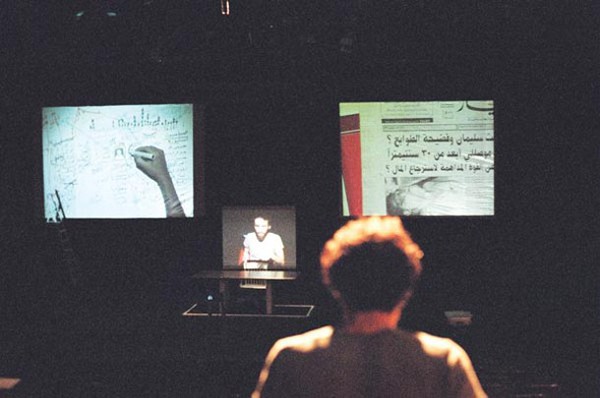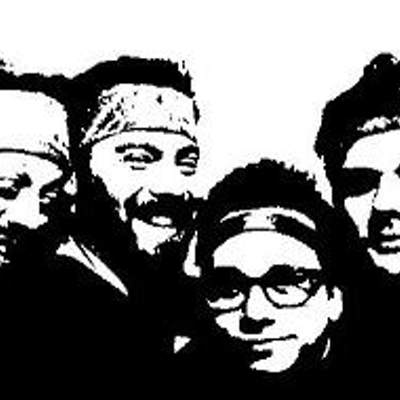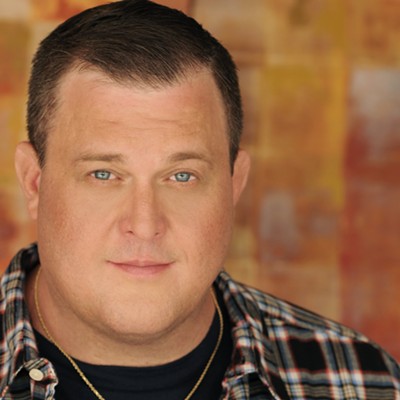Monday, February 6, 2012
Rabih Mroué's "The Pixelated Revolution" at The Warhol
Last Friday, the Lebanese performance artist wrapped his first U.S. tour, performing this brand-new piece co-commissioned by The Warhol. (It was his second show at the museum, where the night before he'd performed "Looking for a Missing Employee.")
"Pixelated Revolution" is a sort of illustrated lecture about the use of cell-phone imagery by Syrian protesters. Mroué noted that because Syria lacks journalists per se, online cell-phone videos are about the only option, aside from state-run media, we have for learning what's going in there, especially during these recent months of anti-government protests.
He smartly reduced the key differences between official and unofficial documentation to a single attribute: Official video comes from cameras mounted on tripods, which calmly scan crowds and give the impression that all is under control. By contrast, the cell-phone videos are fragmentary and jumpy — an analog for, and unavoidable artifact of, the fact that street protesters are besieged by armed soldiers.
Syrian protesters, that is, actually can't shoot with tripods. Unlike Egyptian activists, whose protests have centered on Tahrir Square and who shoot their own video with tripods, the Syrians are constantly on the run.
(Interestingly, the near-capacity crowd in the Warhol theater included several of the Egyptian artists in the "Sites of Passage" exhibit at the Mattress Factory, who are in town for a couple weeks.)
And the video Mroué showed was harrowing. The talk's centerpiece was a video he had dubbed "Double Shooting." The 83-second clip, shot from a balcony, concludes shortly after the cameraman spots an army sniper standing on a nearby balcony. Gunshots are heard and the screen goes dark, though the fate of the cameraman is unknown.
Why didn't the cameraman run? Mroué speculates that he was lulled by the false security that many camerapeople feel — the sense that they do not subsist in the same "reality" as does whatever danger they're documenting.
Mroué's talk proceeded on his explicit assumption that the phone-camera eye equals the cameraman's eye equals the cameraman himself — that it's an "optical prosthetic," so that when we watch the video we're experiencing exactly what he did.
But Mroué believes that though such footage is necessary and valuable, "images alone are not enough to achieve any victory" — especially when the other side has all the guns.
In the question-and-answer session following "Pixelated Revolution," Mroué added that he believes that the proper role of the contemporary artist is not to make more images, of which there are already plenty. Rather, he said, "For me, it's more important and more useful to make images that are already imposing themselves on our daily lives and are keeping us from thinking, and use them as material to [make us] think."
Tags: Program Notes , Image














